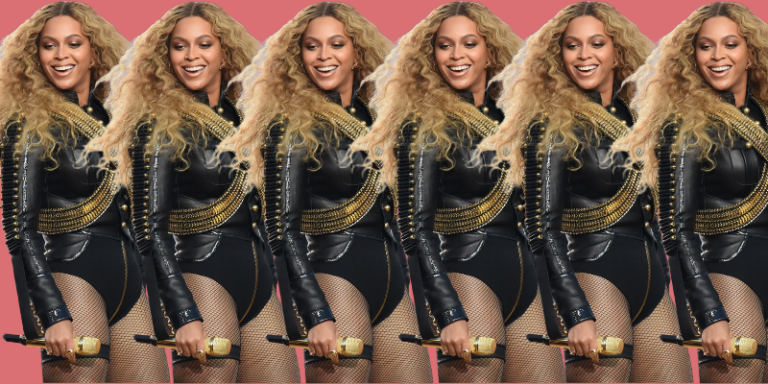“Formation,” Beyoncé’s 2016 anthem that ricocheted across the world after her incendiary Super Bowl performance sang out against police brutality, the government response to Hurricane Katrina, and the idea that Blackness is anything other than beautiful. It simultaneously elevated an unapologetic love for Black culture and, most important, the power of the collective, of a formation. Throughout the song, Beyoncé moves through time, class, and place as she invokes the different methods of Black resistance.
There is the overt expression of deeds not words, familiar to many of us from the cries of the suffragettes. This resistance can look like anything from brandishing guns to staging coups to taking a physical stand. Next, there is the quiet, preparatory, and almost meditative kind of resistance—preparing for a battle of words and ideology.

We see this on social media, in interviews, and on television shows. Then, there is “ ” an altogether different sort of resistance. is the kind of resistance that places collective action and creativity right at its heart.
Just as a dance troupe must get in perfect formation, for this sort of resistance to be successful, there must be total coordination. Black women, as they organize, strategize, move, and create, must get in formation. To do this—to truly create a perfect formation—no piece or person can be missing.
Every single member—each contribution—matters and so the formation is also a motor for all of those a.
















